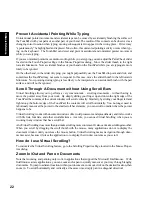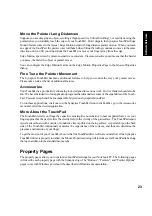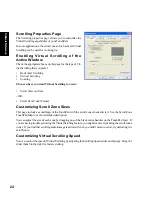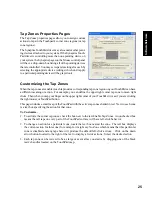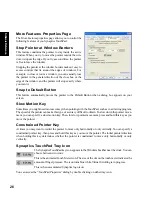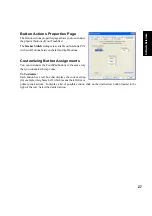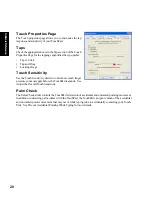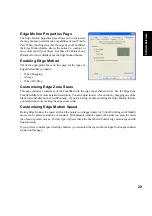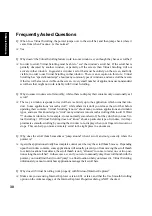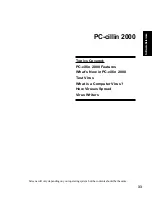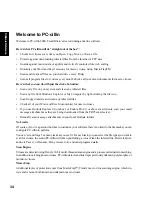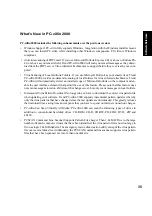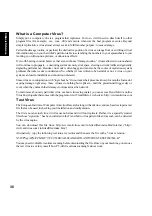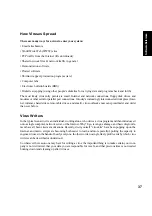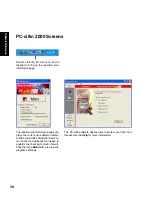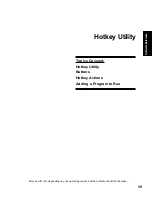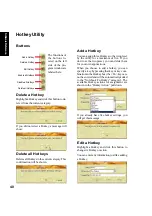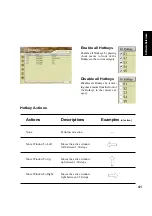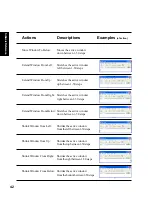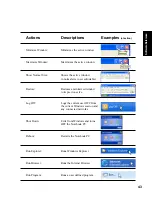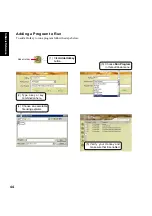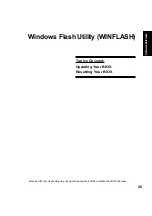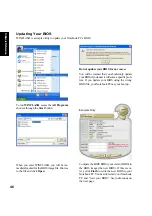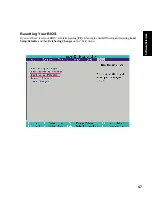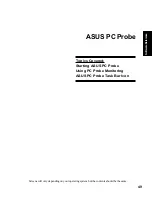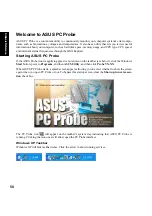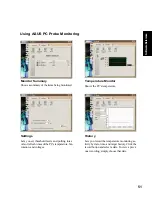
36
Software Reference
What is a Computer Virus?
Simply put, a computer virus is a program that replicates. To do so, it will need to attach itself to other
program files (for example, .exe, .com, .dll) and execute whenever the host program executes. Beyond
simple replication, a virus almost always seeks to fulfill another purpose: to cause damage.
Called the damage routine, or payload, the destructive portion of a virus can range from overwriting critical
information kept on your hard disk’s partition table to scrambling the numbers in your spreadsheets to just
taunting you with sounds, pictures, or obnoxious effects.
It’s worth bearing in mind, however, that even without a “damage routine,” viruses allowed to run unabated
will continue to propagate—consuming system memory, disk space, slowing network traffic and generally
degrading performance. Besides, virus code is often buggy and can also be the source of mysterious system
problems that take weeks to understand. So, whether it was written to be harmful or not, a virus on your
system can lead to instability and should not tolerated.
Some viruses, in conjunction with “logic bombs,” do not make their presence known for months. Instead of
causing damage right away, these viruses do nothing but replicate—until the preordained trigger day or
event when they unleash their damage routines across the network.
To learn more about any particular virus, or about viruses in general, you can access Trend Micro’s online
Virus Encyclopedia that comes with the program or visit Trend Micro’s web site at: http://www.antivirus.com
Test Virus
The European Institute of Computer Anti-virus Research, along with antivirus vendors, has developed a test
file that can be used in checking your installation and configuration.
The file is not an actual virus; it will cause no harm and it will not replicate. Rather, it is a specially created
file whose “signature ” has been included in the Trend Micro virus pattern file and as such, can be detected
by the virus engine.
You can download this file from: http://www.antivirus.com/vinfo/testfiles/index.htm!Internet (“http://
www.antivirus.com/vinfo/testfiles/index.htm”)
Alternatively, copy the following text into a text editor and then save the file with a *.com extension.
X5O!P%@AP[4\PZX54(P^)7CC)7}$EICAR-STANDARD-ANTIVIRUS-TEST-FILE!$H+H*
You may need to disable real-time scanning before downloading the file. Once on your machine, you can use
the test virus to see for yourself how PC-cillin’s various scanning features work.
Содержание L3C
Страница 8: ...8 ...
Страница 32: ...32 Software Reference ...
Страница 48: ...48 Software Reference ...
Страница 58: ...58 Software Reference ...
Страница 84: ...84 BIOS Setup ...

